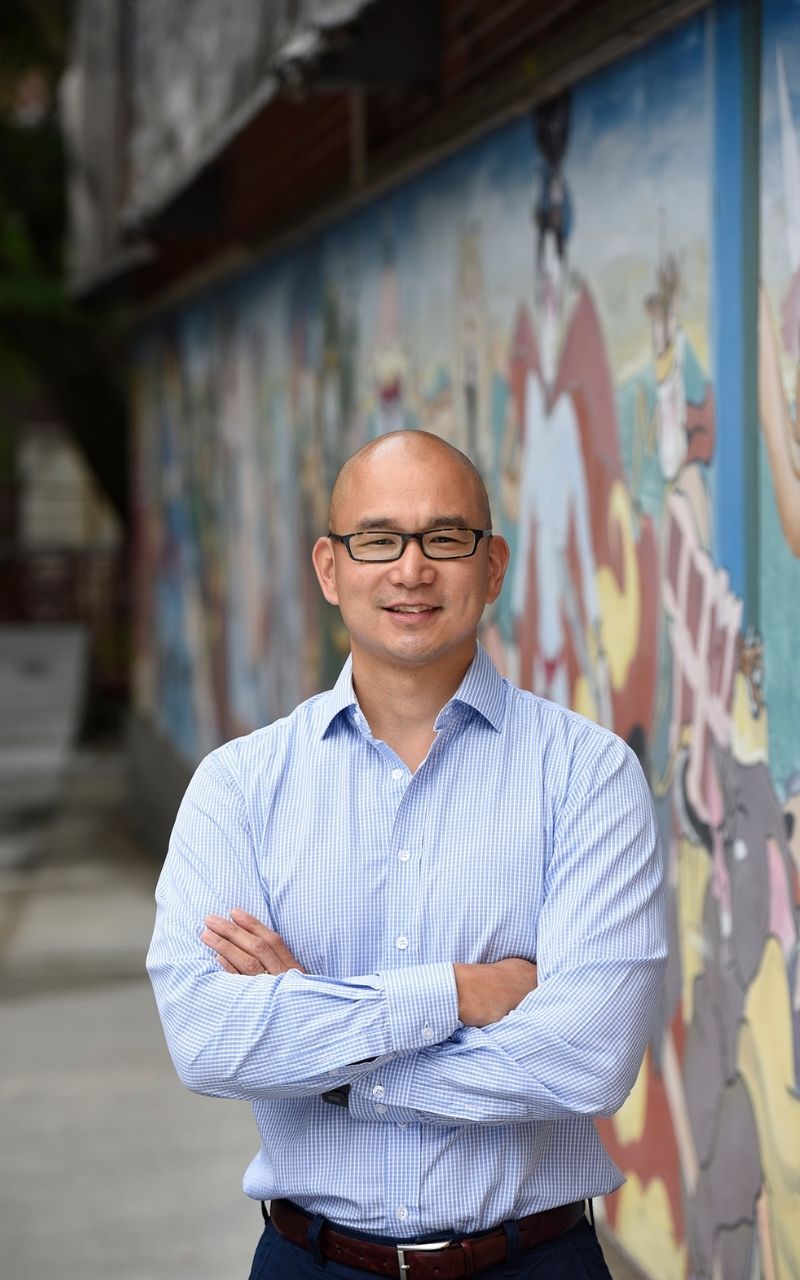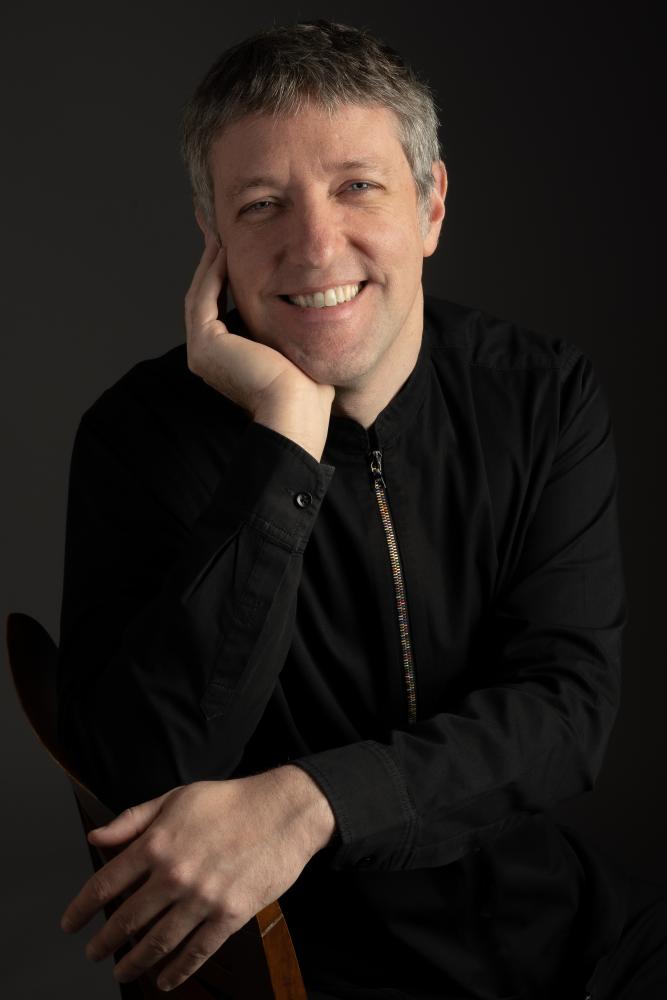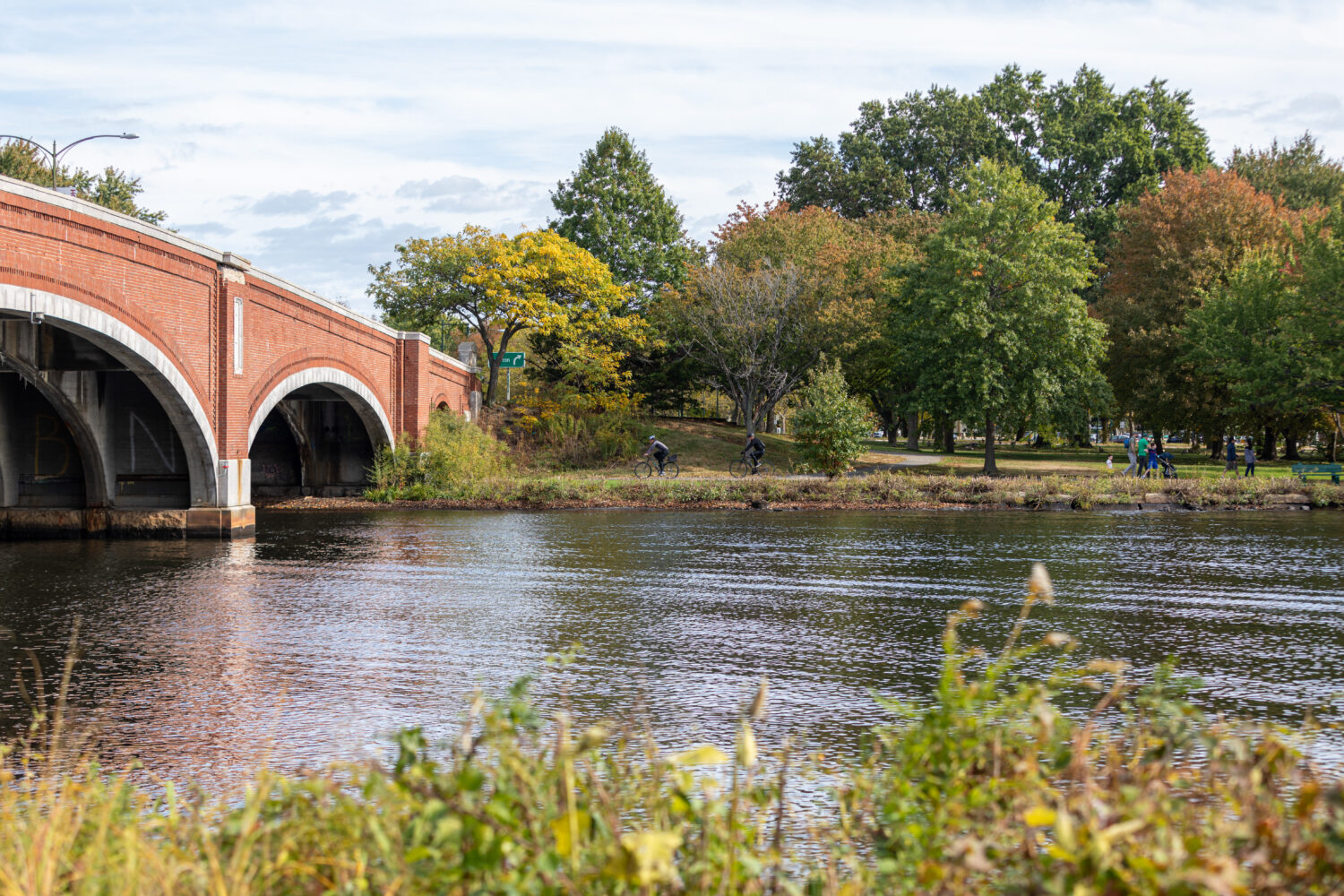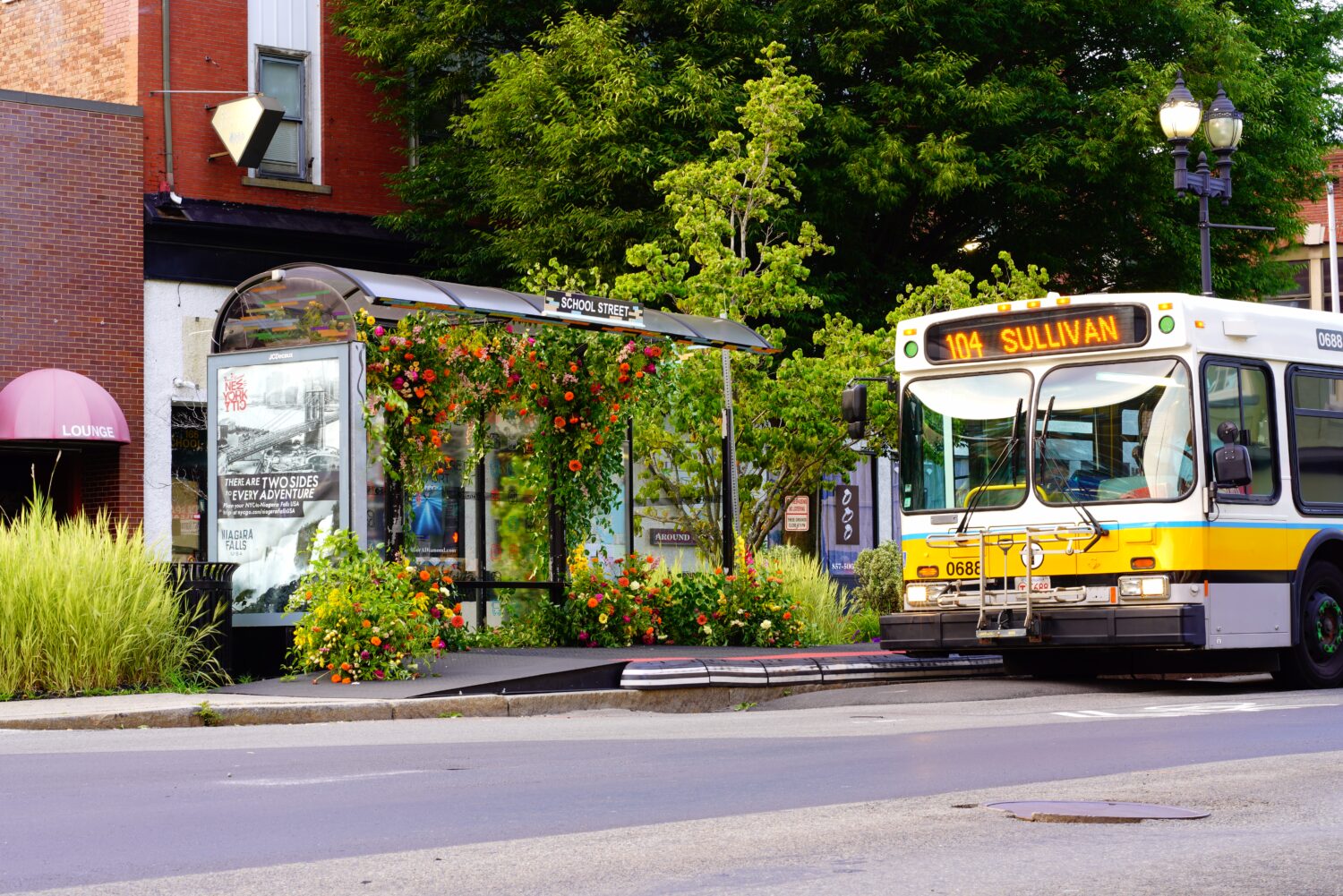The Allston Brighton Health Collaborative (ABHC) is a neighborhood based public health nonprofit that convenes a network of organizations, advocates, elected officials, and residents. ABHC and its network members work together to improve the systems that impact health and wellbeing in Boston’s Allston-Brighton neighborhoods by centering community members who are most in need, under-resourced, and under-served in its work to address and improve equitable access to transportation, food, community resources, and other public health needs as they arise.
In 2021, ABHC worked to ensure the organization’s equity outcomes truly matched the staff and steering committee’s commitment to equity. They wondered: how do we make sure we’re centering community members who are most adversely impacted in Allston-Brighton? Are we living a commitment to equity in all aspects of our governance and communication? And most importantly – how can we begin to do better?
An initial racial equity self-assessment facilitated by Community Centered Research & Evaluation with support from Barr’s Climate Program allowed ABHC to analyze areas where it fared better or worse in comparison to similar organizations, and proved to be useful in establishing an organizational baseline. From there, ABHC embarked on a five-month process supported by a consultant to institutionalize principles of equity into the organizational practices.

In the below Q&A, ABHC Director Anna Leslie and Steering Committee Member Walae Hayek reflect on successes, challenges, and lessons from this work.
How did the racial equity organizational self-assessment kick off this journey for you?
Walae: The self-assessment report was helpful to reflect on where we are as an organization. It revealedareas we knew we can improve on, such as how we share our resources and information, and to whom. This helped us recognize that we needed additional support to focus solely on guiding us toward actionable steps, and prompted us to hire a consultant.
What did the consultant see that you didn’t see?
Walae: Working with a consultant created a formal process for assessing all areas of ABHC policies and practices; the consultant did their own assessment and we compared it with our self-assessment. With these baselines, they worked with us to outline specific goals, outcomes, and deliverables. The consultant process ultimately supported us with creating actionable and timely goals that we incorporated into an ABHC strategic growth plan.
Anna: In many ways, the consultant saw things that we did not see, or rather, they saw what was not there. They helped us identify how much information we held that was not documented and not shared with members of our network. This ultimately helped us create more open and transparent systems that improve not only our external programming, but internal policies.
What did your process look like?
Anna: We had three phases, and began at the individual level with a leadership needs assessment and qualitative survey.
Phase II of the process moved into the interpersonal and institutional level by reviewing ABHC documents and data to understand the organizational history, operational development, stakeholders, structure, and initiatives of ABHC. Through that process we recognized the system gap in knowledge sharing and resource development, which needed to be strengthened so that ABHC members could truly be part of our work and not just recipients.
This led us to Phase III and the development of a resource information toolkit for our network members.
Can you give an example of a tangible outcome of this work?
Anna: Leading with equity is about transparency of who has power and how it is used. As the director of ABHC, I found it extremely helpful to externalize all the ins and outs of the organization that largely remained in my head and not on paper. Documenting my internalized knowledge allowed us as an organization to be more transparent and inclusive in how we operate. This led to the creation of a new online toolkit: the ABHC Network Portal. The portal provides ABHC members equal access to folders that include our governance, a list of the boards and committees where staff represent ABHC, meeting notes, City data and more.
We also revised our mission statement, created our first vision statement, and created shared values. Staff, Steering Committee, and ABHC’s network all informed the creation of these guiding principles at in-person meetings and over email.
And we explicitly defined ABHC “membership.” This defines who can access the toolkits and resources that we have opened up. While this creates a barrier, it also makes clear that we have expectations about what it means to be in an ABHC space. Membership is free and open to anyone who lives in, works in, or cares about Allston-Brighton. The only expectation is that a member adheres to a set of shared commitments defining our network as one that is welcoming and inclusive.
Walae: With this clarity of participation and engagement, our invitation to join ABHC and our value-add has become more clear to Black, Indigenous, people of color, and other community members who have been marginalized from decision-making tables. Our work is stronger because we have more input and influence from community members to lead public health improvement in Allston-Brighton.
What were some challenges throughout the process?
Anna: At the time, we were an organization of one and a half staff and a volunteer steering committee, and the organization was largely synonymous with me. It was a challenge to create an organization definition and culture separate and distinct from me, and that continues to be an ongoing process.
Walae: Advancing equity requires allocating funding and committing significant time to the process and implementation of changes. The improvement process is then reiterative – it means that implementation strategies and practices must be continuously reviewed, evaluated, and adapted as community needs change and evolve.
The other important part of advancing equity is having challenging conversations about our lived and professional experiences as a team, our organizational blindspots, and the appropriate strategies to address inequities in our community. One of the most challenging discussions we had was understanding that as a neighborhood organization, many of the issues impacting the Allston-Brighton community were systemic; food insecurity and climate change were not limited to our community. We would have three-hour meetings where we discussed these things and how best to address them within our scope.
We devised a four question framework to guide our priority setting and organizational strategy:
- Have Allston-Brighton community members who are most marginalized, under-resourced, and adversely impacted raised up this need, and are there community members engaged in the issue?
- Do community-based or neighborhood data sources reflect a need for focus on the issue?
- Do ABHC Network Members want ABHC to focus on the issue or are they currently convening or leading on the issue?
- Does it align with ABHC’s mission, vision, and capacity?
What are the next steps for ABHC in this process?
Anna: We continue to iterate on how we can meet our goal to increase transparency and access to resources and information. We plan and share information in English and largely online. Those remain inequitable barriers. We will continue to push ourselves each time we offer a new program or share a new resource to ask ourselves, “who is this reaching and who is this missing and what can we do about that?”
Any advice for other organizations considering this journey?
Walae: Be comfortable with being wrong and doing things again. It is important to adapt to accommodate a dynamic community. Throughout this process, we have expanded different priorities, shifted resources, and continue to amend our processes along the way.
We also found that our structure of open communication and collaborative decision-making across staff, steering committee, and consultant ensured transparency in our processes, allowed us to look at issues from all fronts, and created deeper trust in the outcome.
Anna: Embedding equity isn’t a side committee or an extracurricular. If you want your organization to survive and thrive, then you ensure that it is a part of your organizational foundation. Be sure that your budget and your time reflect that reality.
Barr’s Climate Program supports ABHC for its mobility and climate resilience advocacy and community engagement efforts.





